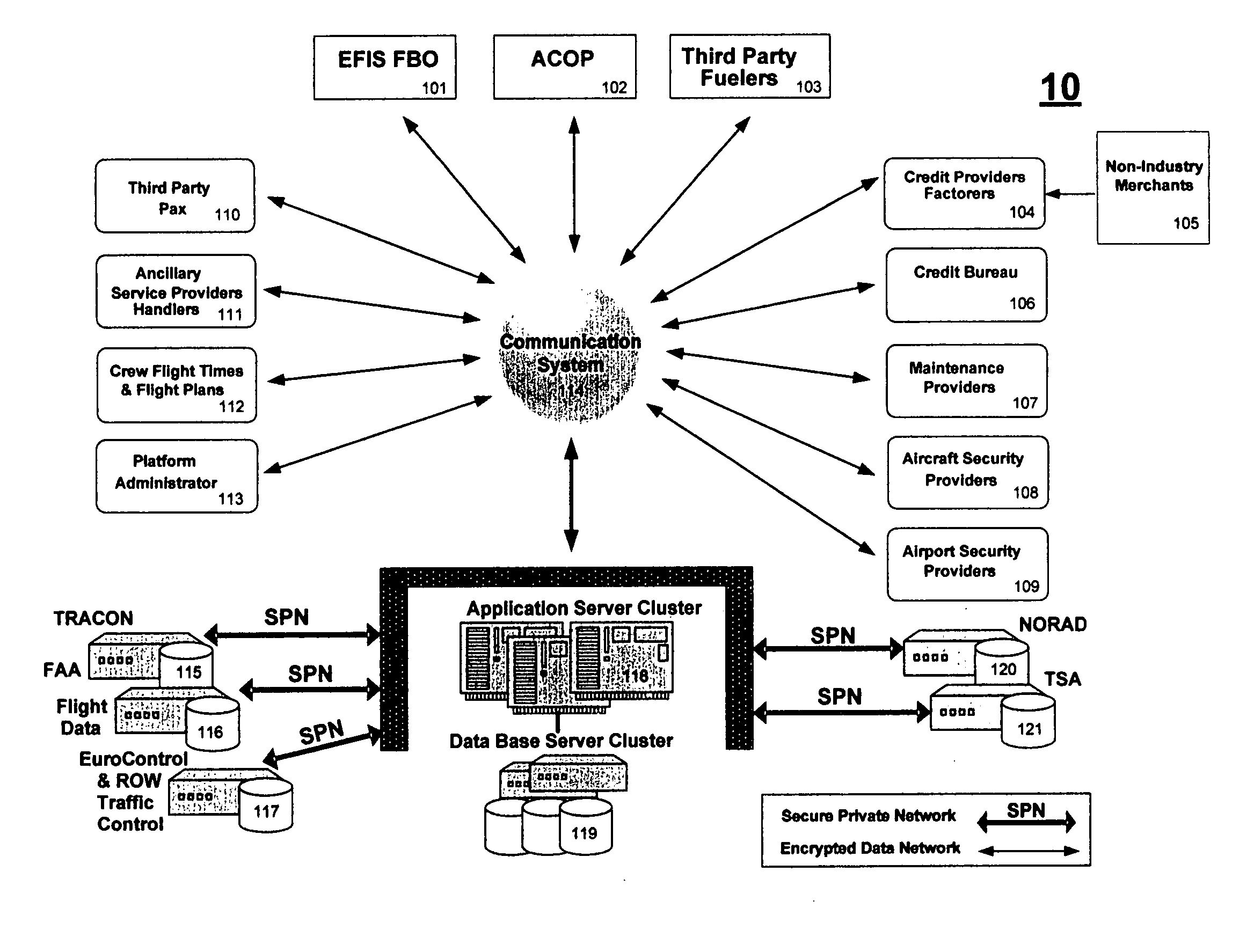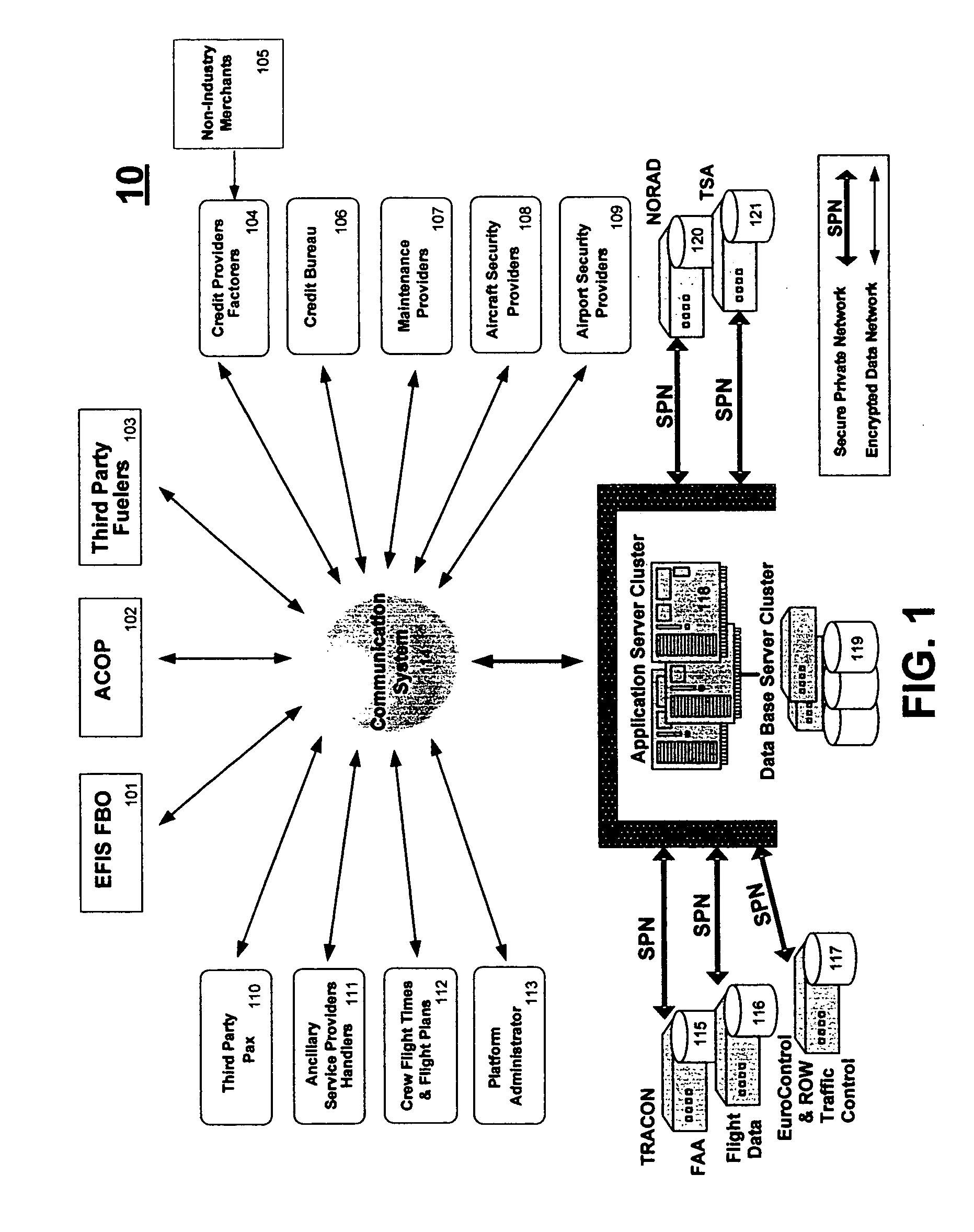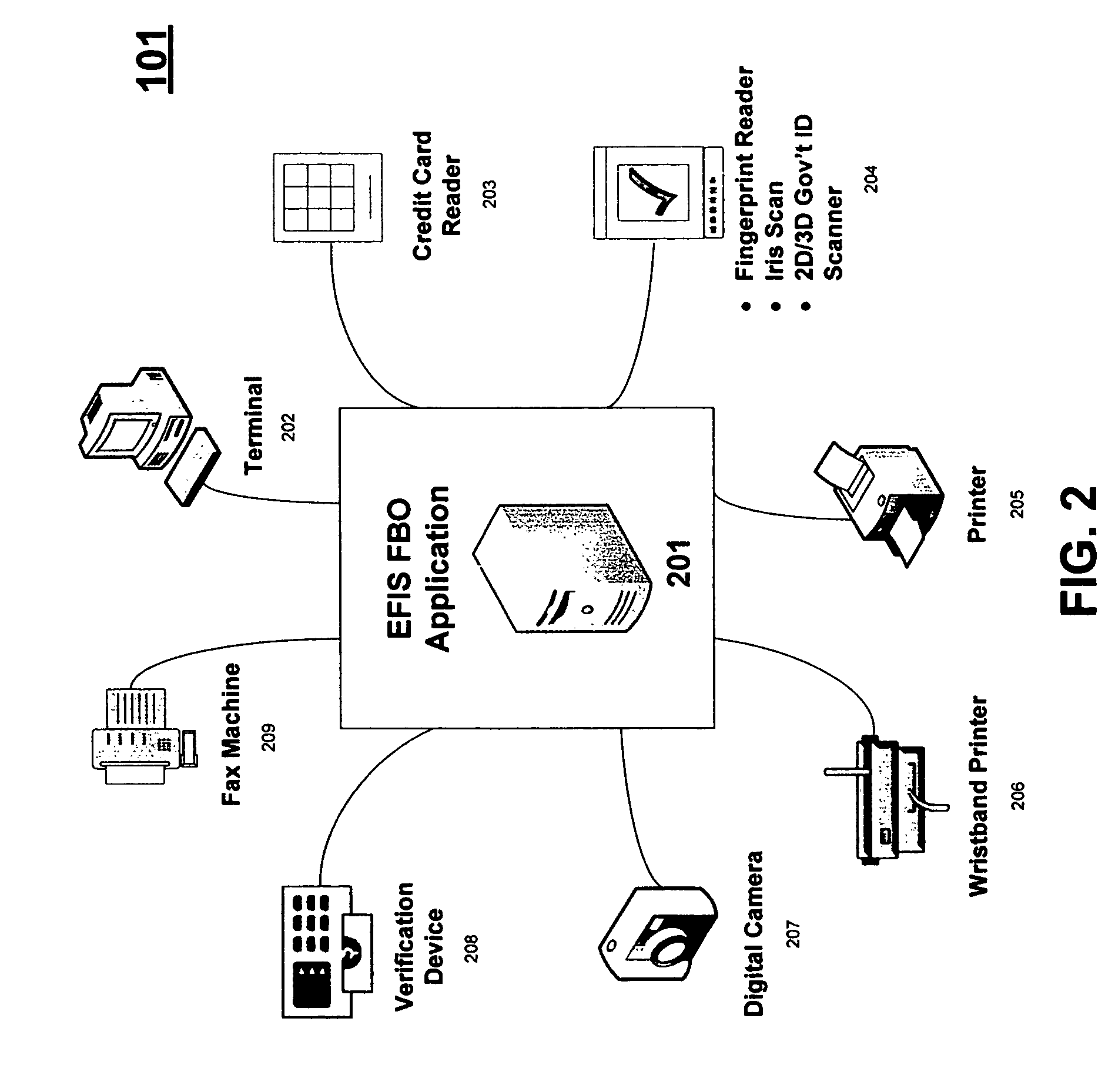Today, FBOs have no method to efficiently market services, or to gather information necessary to respond to price and service requests from aircraft operators.
Handling customer price change notifications remains a cumbersome,
time consuming task.
Market logistics render the cost of marketing prohibitive for most FBOs.
Lacking a viable alternative, FBOs often surrender a significant percentage of their margins to middlemen in return for sourcing customers.
They have no means to electronically link aircraft,
crew, passenger preferences and service requests to an integrated display of incoming and outgoing aircraft.
They also lack an effective means by which the dynamic status of service requirements can be displayed and monitored.
In addition to general quotations, prices are tailored for individual customers and are complicated by factors such as volume, aircraft size, FAA operating rules, time-of-day, chain and brand discounts,
third party fuelers, frequent changes in cost, complexities surrounding taxes, and stale quotations.
Today, FBOs have no effective means of managing and accurately disseminating these complex and ever-changing pricing issues.
Likewise, ACOPs have no means of receiving real-time updates regarding prices for fuel and ground services, and have no
effective method to verify that the price charged or quoted corresponds to the correct price or formula as previously agreed between the parties.
The industry also lacks a useful solution to price quotations that have gone stale.
Such methods are inefficient at best.
No
system exists that allows the
aviation supplier to communicate a customized price, facility / service offerings, user ratings, user customized ads, and virtual tours at the exact moment the aircraft operator is considering the supplier's location or product.
FBOs lack an efficient means to develop a
database of information about the frequency and patterns of customer flight and
purchasing activities that could assist in developing both a marketing and pricing strategy.
They also lack a means to track customer activity at their location for the purpose of determining ACOP visits to competitors.
Few tools exist to assist FBOs in determining how to price fuel to aircraft operators.
For example, there are no effective methods to determine individual aircraft operator price elasticity across the spectrum of possible uplift volumes for myriad aircraft types and missions.
FBOs are often disadvantaged by industry practices, such as when suppliers transmit notification of fuel cost changes after the new price takes effect, thereby depriving FBOs of critical information.
In yet another disadvantaged practice, the industry uses an FBO
rating system prone to biases analogous to “ballot stuffing” and sampling errors.
Once credit is granted, FBOs lack a cost efficient
system for ascertaining on-going credit worthiness of aircraft operators.
Also, pricing complexities and tax issues frequently result in delayed, and often incorrect, billings.
These billing delays and errors can result in an inadvertent grant of credit beyond intended limits.
All of these issues can result in
payment delays.
This often results in the ACOP offering a more expensive card (in terms of
processing fees) when the ACOP might have presented a less expensive card had he known the cost
impact to the merchant (FBO).
Today, ACOPs suffer from a lack of trading tools similar to FBOs.
Blachowicz also fails to address a method for the ACOP to shop price or services, solicit dynamic pricing responses, electronically purchase services, or manage contractual relationships with suppliers.
Further, Blachowicz affords suppliers no effective means to integrate and manage service requests from a plurality of users who may or may not actively employ a flight
scheduling system.
Kumhyr, in
patent application Ser. No. 10 / 351,559 describes a negotiating method between pilots and FBOs but it is limited to aircraft and only addresses price bartering.
ACOP systems also lack a means to tie service requests into a billing and audit system.
These systems lack the ability to combine detailed transaction reporting for
aviation trip leg purchases with crew trip expenses outside the industry, e.g., hotel and
meal expenses.
The systems also lack a means to tie purchases to specific trips, creating what many ACOP accounting departments call “end-of-month” frenzy.
Such a system is cumbersome.
There is no effective means of receiving and consolidating real-time transaction reporting across multiple purchase mediums.
A labor intensive process then ensues, requiring each billing statement item be matched against the correct flight segment.
Aircraft operators, especially those operating aircraft on lease back or managing aircraft for their owners, have no system to permit electronic scheduling of the aircraft by multiple users from multiple, remote locations.
ACOPs have no effective means to communicate empty seats to other organizations or individuals for in-house use, charter, charity, or reciprocity arrangements.
Worse, a coordinated effort of multiple terrorists could simultaneously destroy multiple targets throughout the United States.
The effect on commerce and the general aviation industry would be devastating.
Unfortunately, only a rudimentary system exists to thwart such an
attack.
Currently, the United States, has approximately 5000 departure facilities for private aircraft compared to at least 444 commercial facilities used by carriers, yet the number of passengers traveling on private aircraft capable of causing catastrophic damage to ground “targets” is miniscule compared to the 650,000 million passengers traveling annually on carriers in the U.S. The cost of placing
Transportation Security Administration (TSA) screeners and equipment into each of these facilities would clearly be prohibitive.
As a result, current TSA general aviation security initiatives are far less comprehensive than what exists in commercial aviation.
Compared to commercial aviation, TSA initiatives are understandably limited.
No system exists to monitor compliance with these initiatives.
For example, charter pilots are placed in a difficult position when a customer invites another individual aboard just prior to departure.
A lack of support exists for crew members attempting to ensure the identities of passengers while away from their home base.
Crew members can only visually check government identifications.
Currently, departure facilities have no
electronic identification scanning devices connected to each aircraft operator's passenger manifest lists.
Government agencies such as NORAD, FAA, and TSA have no real-time means of identifying general aviation aircraft that
pose an increased
threat due to factors such as type of operation, passenger identifications, or operator background.
Departure facilities have no means of identifying crew members and passengers “invited” by owner / operators.
There is no effective system for preventing persons from accessing the airport ramp who are neither crew members nor invited passengers.
Departure facilities and government agencies have no fast, effective system to disseminate reports on stolen aircraft,
flight operations initiated without the knowledge of the owner / operator, or tips garnered through TSA's aviation
hotline.
Departure facilities have no effective means of identifying passengers and crew members for non-security reasons such as enabling customer
service personnel to recognize and greet crew or passengers.
Aircraft operators have no effective means of quickly and accurately identifying new passengers and have no means of transmitting secure crew / passenger manifest data to pilots and departure facilities without violating passenger privacy.
The general aviation industry lacks a secure platform and messaging system for exchanging information between aircraft operators, pilots, FBOs, TSA, and the FAA.
General Aviation lacks a system for monitoring owner / operator ownership changes (by make, model, serial number, and
tail number) for aircraft capable of causing significant damage and
loss of life by impacting buildings, facilities, or landmarks.
 Login to View More
Login to View More  Login to View More
Login to View More 


